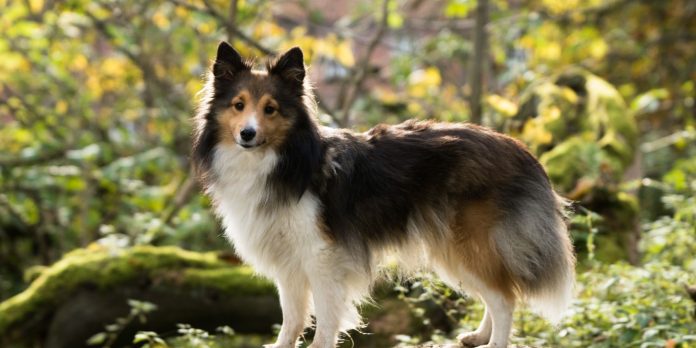Training your dog is an essential part of pet ownership, and selecting the right harness can make a significant difference. A good harness enhances control, ensures safety, and aids in effective training. Here’s a guide to help you choose the best harness for training your dog.
Understanding the Purpose of a Training Harness
A training harness is not just a tool for attaching a leash; it’s an essential training aid. Unlike traditional collars, harnesses provide better control over your dog without putting pressure on their neck, which is vital for preventing injuries and teaching good walking habits.
Types of Training Harnesses Available
There are several types of training harnesses available. The no-pull harness, for instance, discourages pulling by redirecting your dog’s energy. Step-in harnesses are ideal for skittish dogs, offering easy wearability. Head halters are another option, especially for strong pullers, as they offer control over the dog’s head direction.
Factors to Consider When Choosing a Harness
When selecting a harness, consider your dog’s size, breed, and temperament. Larger, stronger breeds might require sturdier harnesses. Additionally, consider your dog’s specific training needs and any behavioral issues, such as pulling or jumping.
The Importance of the Right Fit
A well-fitting harness is crucial. It should be snug but not tight, allowing you to fit two fingers between the harness and your dog’s skin. An ill-fitting harness can cause discomfort or even injury, and it might not be effective in training.
Pros and Cons of Popular Training Harness Models
Popular models like the front-clip harness can effectively reduce pulling, but they might not be suitable for very strong dogs. Back-clip harnesses are comfortable for dogs but may not provide enough control for training purposes. Consider the pros and cons in relation to your training goals.
Introducing Your Dog to the Harness
Introduce the harness to your dog gradually. Let them sniff it and give them treats to create a positive association. Start by putting it on for short periods during playtime or feeding, gradually increasing the time.
Harness Training Techniques
Effective harness training involves consistency and patience. Use commands and treats to encourage desired behaviors. If using a no-pull harness, when your dog pulls, stop walking. Resume only when the leash is slack. This teaches them that pulling won’t get them where they want to go.
Maintenance and Care of Training Harnesses
To ensure the harness’s longevity and your dog’s comfort, regular maintenance is key. Check for signs of wear and tear and clean the harness as recommended by the manufacturer. A well-maintained harness is safe and comfortable for your dog to wear.
In conclusion
Choosing the right training harness is a key step in your journey with your dog. It’s not just about control, but also about comfort and safety for your pet. With the right harness and training techniques, you and your dog can enjoy many happy, well-behaved walks together. Remember, the best harness is one that suits your dog’s needs and works effectively for your training goals.












